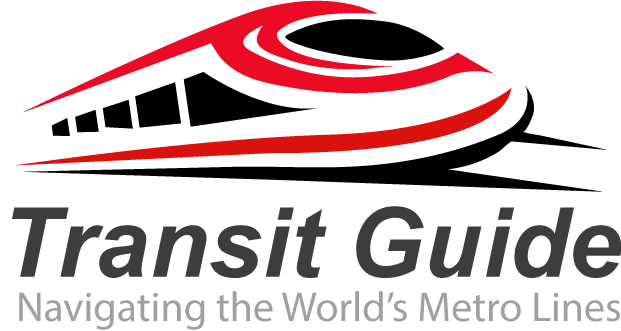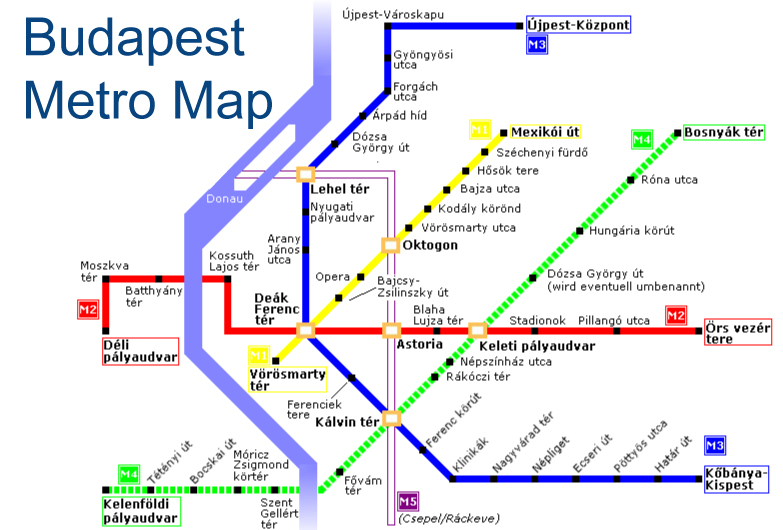The Budapest metro system stands as one of Europe’s most historic and efficient public transportation networks, serving Hungary’s vibrant capital city since 1896. As the second oldest underground railway system in the world, the Budapest Metro combines rich historical significance with modern convenience, making it an essential service for both locals and tourists exploring this magnificent city.
Four Lines Connecting Budapest
The Budapest metro operates four distinct lines that efficiently connect the city’s major districts and attractions. Line M1 (Yellow Line), the original underground railway, runs beneath the famous Andrássy Avenue and has been recognized as a UNESCO World Heritage Site. This historic line connects central Pest with City Park, passing through key locations like the Opera House and Heroes’ Square.
Line M2 (Red Line) crosses the Danube River, linking Pest and Buda sides of the city. This east-west route serves crucial stations including Keleti Railway Station, Deák Ferenc tér, and Batthyány tér. Line M3 (Blue Line) operates north-south through the city center, connecting major transportation hubs like Nyugati Railway Station with southern residential areas.
The newest addition, Line M4 (Green Line), opened in 2014 and features stunning modern architecture. This south-west route includes beautifully designed stations that showcase contemporary Hungarian design while maintaining functionality.
Ticketing and Operating Hours
The Budapest metro system operates daily from approximately 4:30 AM to 11:30 PM, with extended hours on weekends. Single journey tickets cost around 350 HUF (approximately $1), while day passes and multi-day tourist cards offer better value for frequent travelers. Tickets must be validated before entering the platform area, and inspectors regularly check for valid fares.
Travel cards are available for various durations, including 24-hour, 72-hour, and weekly options. The Budapest Card provides additional benefits, combining metro access with discounts at museums, restaurants, and attractions throughout the city.
Navigation and Accessibility
Navigating the Budapest metro is straightforward, with clear signage in both Hungarian and English. Station names are clearly marked, and digital displays show train arrivals. Most central stations feature accessibility improvements, including elevators and tactile guidance systems, though some older stations on Line M1 have limited accessibility features.
Transfer stations like Deák Ferenc tér allow seamless connections between multiple lines. The system integrates well with Budapest’s extensive tram, bus, and suburban railway networks, creating a comprehensive public transportation solution.
Tips for Metro Travel
When using the Budapest metro, keep your validated ticket throughout your journey. Rush hours (7-9 AM and 5-7 PM) can be crowded, particularly on Lines M2 and M3. The historic M1 line offers a unique travel experience with its vintage carriages and ornate stations.
For tourists, the metro provides easy access to major attractions including Parliament, Széchenyi Thermal Baths, Central Market Hall, and Buda Castle. Plan your routes using official BKK (Budapest Transport) mobile apps for real-time information and journey planning.
The Budapest metro system exemplifies efficient urban transportation while preserving historical heritage, making every journey through Hungary’s capital both practical and memorable.

